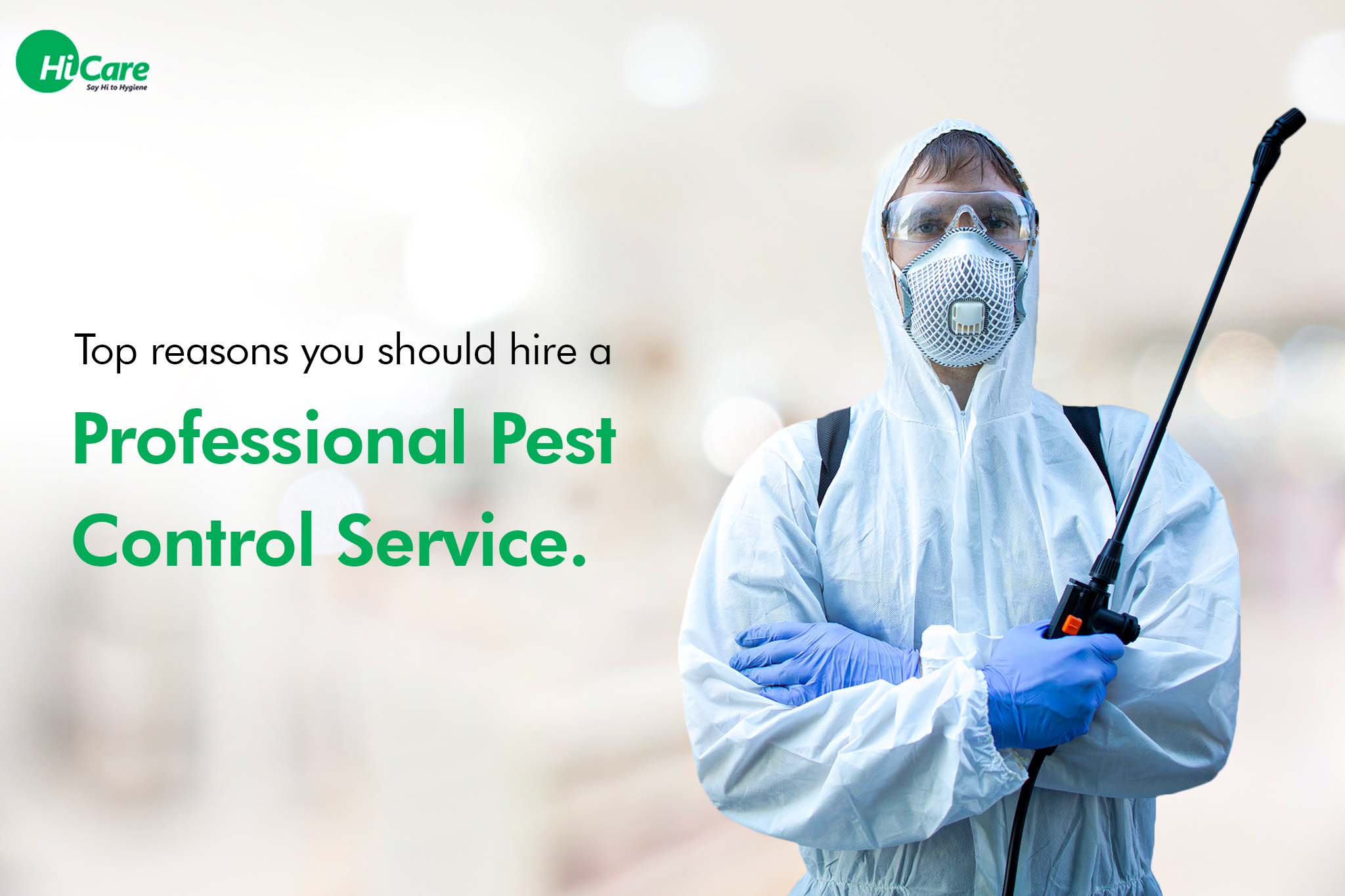Bed Insect Treatment Breakdown: Contrasting Chemical Vs. Non-Chemical Solutions
In the realm of pest control, particularly when managing the consistent problem of bed insects, the choice in between chemical and non-chemical treatment remedies can be a crucial one. Both techniques provide distinct benefits and downsides, affecting aspects such as performance, safety factors to consider, and overall cost. By taking a look at the nuanced details of each method, a clearer understanding of which path to go after in attending to a bed insect infestation can be achieved.
Performance of Chemical Therapies
Chemical treatments for bed pest problems have actually been commonly acknowledged for their fast and potent effectiveness in getting rid of these insects. When thinking about the performance of chemical treatments, it is essential to understand that they can provide a thorough and fast remedy to a bed bug issue.
Additionally, chemical treatments have the advantage of offering recurring effects, indicating that they can continue to eliminate bed insects also after the first application. This residual action is specifically useful in combating any prospective re-infestations. Additionally, the quick activity of chemical treatments can bring alleviation to people encountering severe bed insect infestations, permitting them to restore control of their living areas promptly.
Security Worry About Chemical Solutions
When using chemical solutions for bed bug therapy is ensuring the safety and security of residents and the environment,One important facet that needs mindful consideration. While chemical treatments can be efficient in eliminating bed pests, they may posture dangers if not dealt with effectively. One of the key security interest in chemical options is the prospective damage they can trigger to human wellness. Direct exposure to specific chemicals utilized in bed insect therapies can cause breathing concerns, skin inflammation, or various other damaging responses, particularly in individuals with pre-existing conditions or sensitivities. Furthermore, improper application or dose of chemical pesticides can lead to harmful residues sticking around in the cured location, posturing long-term health and wellness risks to occupants.
Moreover, the environmental impact of chemical options is one more significant factor to consider. Some chemicals utilized in bed pest treatments may be harmful to advantageous insects, wild animals, and ecosystems if they seep into the soil or water systems. It is important to make use of chemical therapies judiciously, complying with safety standards, and considering much less toxic options to mitigate these risks and guarantee the safe and effective monitoring of bed insect invasions.
Advantages of Non-Chemical Methods
Thinking about the potential security concerns and environmental influence connected with chemical services for bed pest therapy, discovering non-chemical techniques provides an encouraging option with several distinct advantages. Non-chemical techniques offer a safer choice for families, particularly those with kids, people, or family pets conscious harsh chemicals. These approaches eliminate the risks of exposure to poisonous substances, minimizing the possibility for negative health and wellness results. Moreover, non-chemical treatments are eco-friendly, as they do not add to air or water air pollution, making them a sustainable choice for bug control.
In addition, non-chemical options can be reliable in targeting bed bugs, including hard-to-reach areas where chemical treatments may not penetrate - A1 charlotte pest control companies. Methods such as heat therapy, vacuuming, heavy steam cleansing, and cushion encasements give extensive removal without the use of unsafe chemicals.
Limitations of Non-Chemical Treatments

Additionally, non-chemical therapies usually need numerous applications to accomplish successful obliteration. This can be lengthy and may not always ensure complete elimination of all bed insects and their eggs, especially in hard-to-reach or hidden areas.
Furthermore, the success of non-chemical treatments greatly counts on proper implementation and thoroughness, which can be challenging for people without professional knowledge. Insufficient application of additional info non-chemical approaches might cause insufficient eradication, bring about persistent problems and the demand for added treatments.
As a result, while non-chemical treatments have their advantages, it is vital to recognize these constraints and consider them when determining the most effective method for handling bed insect invasions.
Expense Contrast: Chemical Vs. Non-Chemical Options
Provided the restrictions connected with non-chemical treatments, a necessary facet to review in the context of bed pest management is the expense comparison in between chemical and non-chemical alternatives. Chemical therapies normally involve the application of insecticides by specialists, which can range from $250 to $900 per area, depending on the severity of the infestation and the dimension of the area to be dealt with. On the other hand, non-chemical therapies like warmth therapy or heavy steam can be a lot more costly, with costs ranging from $1,000 to $6,000 for a whole home. While the preliminary expense of chemical treatments may appear reduced, multiple treatments may be needed to completely eradicate the invasion, possibly enhancing the general price. On the various other hand, non-chemical alternatives may offer a much more lasting and environment-friendly option, although they can be cost-prohibitive for some people. Inevitably, when considering the price of bed insect treatment options, it is necessary to evaluate the in advance expenditures against the performance and long-lasting sustainability of the picked technique.
Verdict

Considering the possible safety problems and ecological effect associated with chemical solutions for bed bug therapy, checking out non-chemical approaches presents a promising choice with numerous unique benefits.Given the restrictions linked with non-chemical treatments, an essential element to examine in the context of bed bug administration is the price comparison between chemical and non-chemical alternatives. In contrast, non-chemical treatments like warm treatment or vapor can be much more pricey, with expenses varying from $1,000 to $6,000 for an entire home. While the initial cost of chemical therapies might appear lower, numerous treatments may be required to totally get rid of the invasion, possibly description enhancing the total cost.In final thought, when contrasting chemical and non-chemical bed insect therapy choices, it is essential to think about performance, security, advantages, limitations, my explanation and expense.